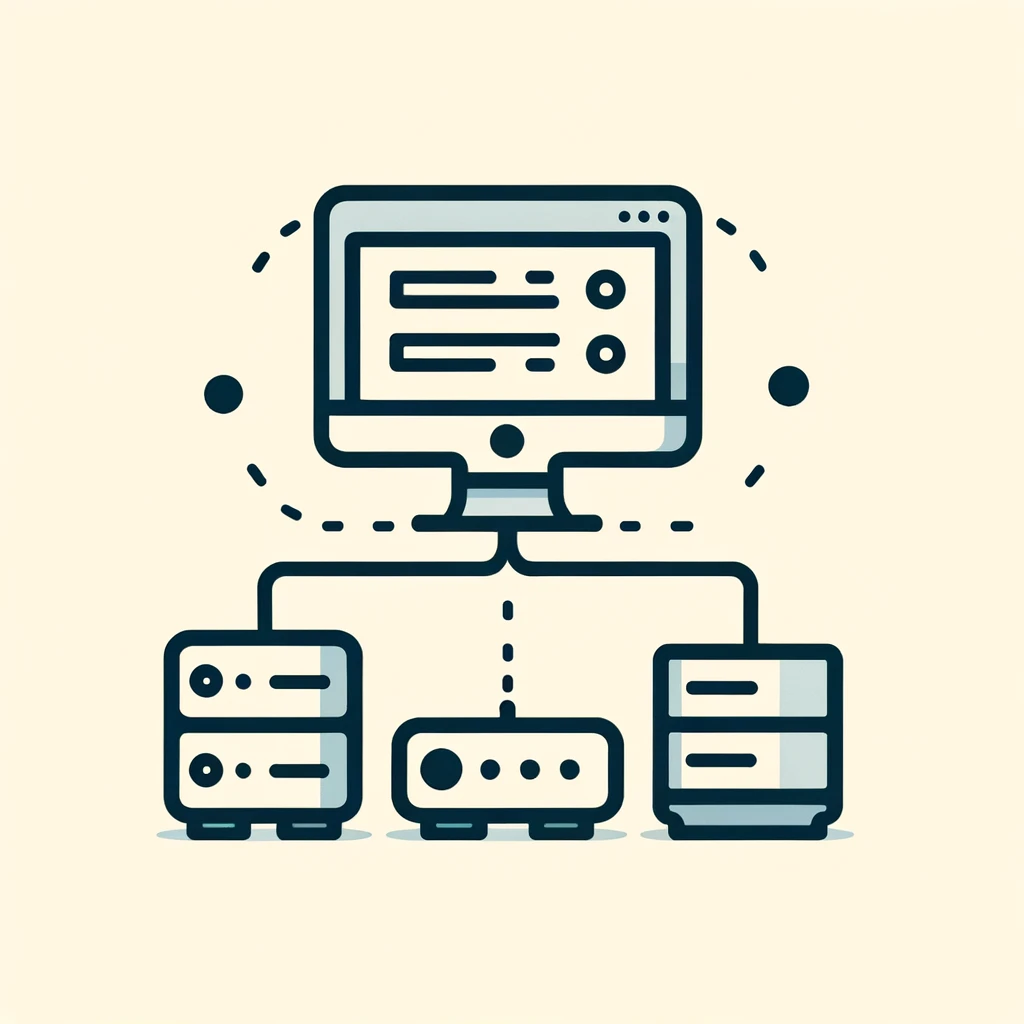16. May 2024
Monitoring and Logging for Memcached-Operator

Following the previous post on How to bootstrap Memcached-Operator, keeping an eye on your Memcached instances is crucial to ensure they are running smoothly and efficiently. In this post, we’ll walk you through setting up monitoring and logging for Memcached-Operator, discuss the best tools and techniques for effective monitoring, and explain how to troubleshoot common issues using logs.
Setting Up Monitoring for Memcached Instances
Prometheus and Grafana Setup
Prometheus and Grafana are a dynamic duo when it comes to monitoring and visualization. Prometheus is fantastic for collecting and querying metrics, while Grafana turns those metrics into beautiful, insightful dashboards.
Step-by-Step Guide:
Install Prometheus and Grafana: Deploy Prometheus and Grafana in your Kubernetes cluster using Helm charts:
1helm install prometheus stable/prometheus 2helm install grafana stable/grafanaConfigure Prometheus: Add a service monitor to start scraping metrics from Memcached:
1apiVersion: monitoring.coreos.com/v1 2kind: ServiceMonitor 3metadata: 4 name: memcached-monitor 5 labels: 6 release: prometheus 7spec: 8 selector: 9 matchLabels: 10 app: memcached 11 endpoints: 12 - port: metricsMake sure your Memcached instances expose metrics at the /metrics endpoint.
Configure Grafana:
Add Prometheus as a data source in Grafana, then import or create dashboards to visualize your Memcached metrics.
Using Metrics Server and Kube-State-Metrics
Metrics Server and Kube-State-Metrics are handy for gathering resource usage metrics across your Kubernetes cluster.
- Installation:
1 helm install metrics-server stable/metrics-server 2 helm install kube-state-metrics stable/kube-state-metrics
Effective Monitoring Tools and Techniques
Alerting with Prometheus Alertmanager
Setting up alerts ensures you get notified when something goes wrong. Here’s an example alert to notify you if a Memcached instance goes down:
1groups: 2- name: memcached.rules 3 rules: 4 - alert: MemcachedDown 5 expr: up{job="memcached"} == 0 6 for: 5m 7 labels: 8 severity: critical 9 annotations: 10 summary: "Memcached instance is down" 11 description: "Memcached instance is down for more than 5 minutes."
Visualizing Data with Grafana
Create custom dashboards in Grafana to keep an eye on key metrics like:
- Memory usage
- Cache hit/miss ratio
- Request rates
- Latency
Logging with the EFK Stack (Elasticsearch, Fluentd, and Kibana)
The EFK stack is a powerful solution for collecting and analyzing logs.
Step-by-Step Guide:
Deploy EFK Stack:
Use Helm to deploy Elasticsearch, Fluentd, and Kibana:
1helm install elasticsearch stable/elasticsearch 2helm install fluentd stable/fluentd 3helm install kibana stable/kibanaConfigure Fluentd:
Set up Fluentd to collect logs from your Memcached instances and send them to Elasticsearch.
Visualize Logs with Kibana: Use Kibana to create dashboards and search through your logs for anything unusual.
Troubleshooting Common Issues Using Logs
Identifying Memory Leaks
| Watch for signs of memory leaks in your logs | Suggested Solution |
|---|---|
| Sudden spikes in memory usage or Frequent garbage collection logs | Adjust Memcached memory allocation settings or Review and optimize your application code to manage memory more efficiently or Diagnosing Performance Issues |
| Look out for logs that indicate high latency or timeouts | Suggested Solution |
|---|---|
| Slow request logs or Connection timeout errors | Scale your Memcached instances horizontally or Optimize application queries to reduce the load on Memcached. |
Handling Network Issues
| Network-related errors can show up in your logs as | Suggested Solution |
|---|---|
| Connection refused or Network timeout | Check your network policies and configurations or Ensure that your Memcached instances are reachable within your network. |
Conclusion
Monitoring and logging are essential for keeping your Memcached instances healthy and performant. By setting up Prometheus and Grafana for monitoring, using the EFK stack for logging, and understanding how to troubleshoot common issues, you can ensure that your Memcached-Operator managed instances run smoothly.
Implement these tools and techniques, and you’ll be well-equipped to detect and resolve issues promptly, leading to a more stable and efficient caching layer for your applications.